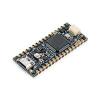Compact PCIe® M.2 Gen 5 connectors offer flexible heights, fast data rates, & versatile orientations
What is Numeric Relay - Its Working and Types

As the technology developed the protection devices have also undergone many changes from a normal fuse to the circuit breaker. For years we have been using static relays and magnetic relays for protecting an electrical network, now when the microprocessors got evolved the protection devices also got evolved. We previously learned about different types of relays, and Numerical Relay was one of them, so today we will focus more on this type of relay.
Numeric relays are the evolved form of a static and electromagnetic relay. They are basically a device used for measuring electric parameters in an electrical network and convert them into numerical data which undergoes mathematical and logical analysis to decide on tripping an electrical network.
The main purpose of a numerical relay is to protect the electrical network from unexpected fault currents. Numerical relays are mostly preferred because of their versatile characteristics. A single Numerical relay can monitor multiple parameters like current, voltage, Frequency, onset time, offset time, etc. And the same relay can be used for analysing and monitoring multiple faults such as over current, over fluxing, different current and more.
Numerical Relay Working and Hardware Architecture
The numeric relay can be called as a miniature computer as they both have similar hardware architecture with slight differences.
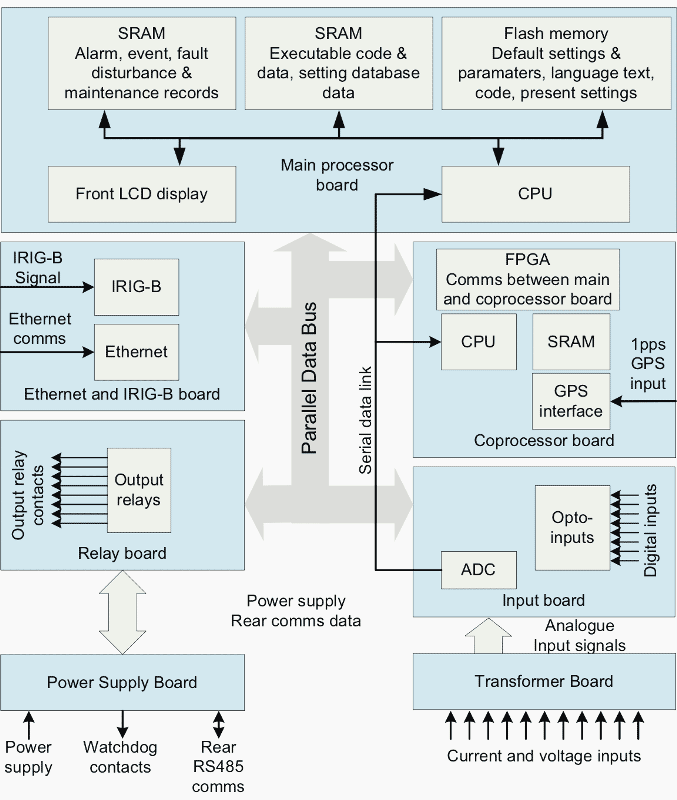
Image source: Electrical Engineering Portal
Their architecture can look confusing but we can just simplify whole architecture into these major categories
- Input Module
- CPU
- Memory
- Multiplexer and Analog to digital converter
- Output module
- Digital input/Communication module
Input Module
The Power system operates with analog parameters. The high powered analog signals are stepped down with current transformer and Potential transformer. It is fed to the numeric relay using lowpass filter. The low pass filter is used to eliminate the noisy signal in the system due to corona or induction effect from a nearby high voltage line.
CPU
Central Processing Unit (CPU) is the brain of the system, which processes all data protection algorithm and digital inputs and their filtering.

Memory
Numerical relay has two memories, RAM and ROM. Random Access Memory (RAM) is responsible for retaining the input data to the relay and processing the data during compilation.
Read-Only Memory (ROM) is the storage unit of the relay. It stores the software needed and other data related to event and disturbance. The Storage unit is a must feature because it helps in analyzing and troubleshooting any event during the occurrence of a fault.
Multiplexer and Analog to digital converter
The CPU can only process digital data but the input from the current transformer and potential transformer are analog. Hence the Analog to digital converter is used to convert the signal to digital data. In case multiple analog signals need to be converted a multiplexer is used for selecting the required analog input for conversion.
Output Module
The output module is the digital contacts that are actuated when a trip command is given by the CPU. These digital contacts are pulses that are generated as a response signal. The response time can be changed according to the application of the relay.
Digital input/Communication module
As of in a computer, a relay also has serial and parallel ports for connecting the relay with control and communication systems in the substation. The Auxiliary relays can be connected to the digital output contacts to extend the tripping command.
Types of Numerical Relays
The numerical relays are used for various types of protection and they are classified on the basis of characteristics, Logic, Actuation parameter and application. Although they are classified under different conditions their purpose remains the same, to activate the trip system when there is a fault in the electrical network.
Based on Logic
These classifications are made on the basis of logical operation of the relay
- Over Current/ Earth Fault: When excessive current flows through a system it will trip the circuit breaker. Used for transformer and feeder protection.
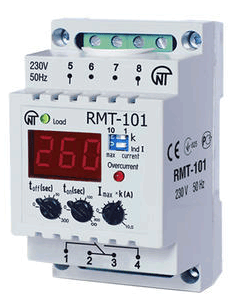
- Directional overcurrent: It is operated when the fault drives the power to flow in a particular direction (Opposite to the specified direction). Used in the protection of Bus bar, Generator, and Transformers.
- Differential: The differential relay is set to trip when the phase difference of two or more identical electrical quantities exceeds the specified value. It can Protect Transformers and Generators from localized faults.
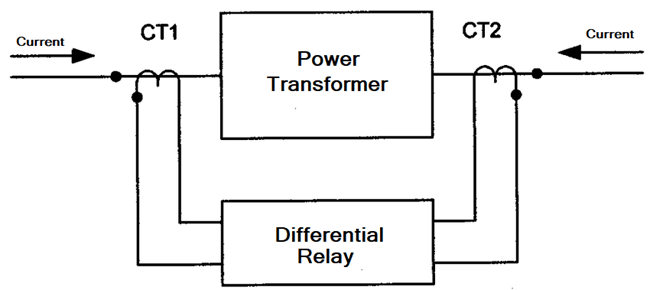
- Under/ Over Voltage: The voltage in an electric network might drop or rise below or above a fixed value, the circuit is tripped under such conditions.
- Distance: This type of relay is operated based on the distance between the impedance of the fault and the position of the relay. They are mostly used in the protection of transmission lines.
Based On Characteristics
These classifications are based on their tripping property
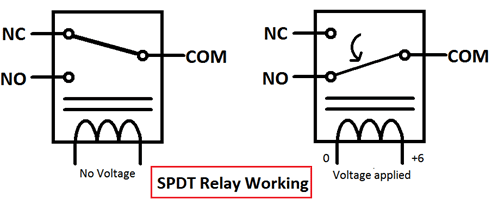
- Instantaneous relay: Activate the tripping immediately after the occurrence of a fault, there will be no time delay.
- Definite time relay: Activated only if the fault remains until a specific time.
- Inverse time relays with definite minimum time (IDMT): These Relays are mostly used in transmission lines. If the line current exceeds the safe value, circuit breaker gets triggered.
- Voltage restraint over current relay: The relay is activated only if both the under-voltage and overcurrent conditions occur at the same time.
Based on actuating parameters
- Current relays
- Voltage relays
- Frequency relays
- Power relays Etc.
Based on Application
- Primary relay
- Backup relay
If the protection system fails the whole network might get collapsed so they use the backup relay. Doing this will help us protect the system even if the primary relay goes faulty.
Conclusion
The numeric relays are mostly used in the generating stations and substations for automated protection. These relay can protect various components such as feeder, Motor, Generator, Transmission line, Transformers and Bus bars.
Relays are available from various companies such as Siemens, ABB, Schnieder Electric, Alstom, Texas instrumentations, etc. Each company has its own software that can help us to interact with their relays and to program the algorithm for protection.
Once you know about the parameter and the different types of faults that could occur in a power system you can build your own algorithm for protection and feed it to the relay. Becoming an expert in the power system protection is not an overnight thing it takes years of knowledge and experience to become one. Keep learning and keep on researching to become an expert.



